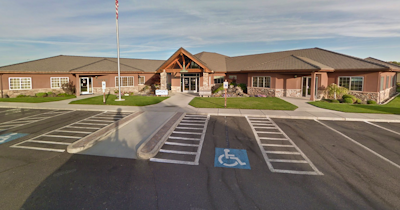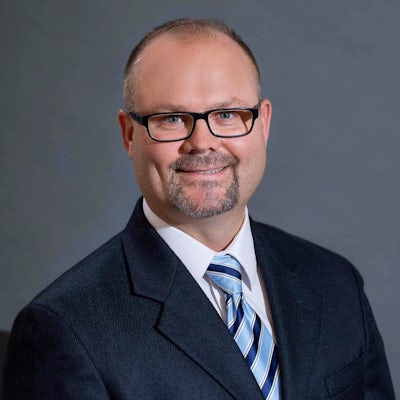
Osteopathic Medicine: A Comprehensive Approach to Healthcare
Osteopathic medicine, often referred to as osteopathy, is a holistic approach to healthcare that emphasizes the interplay between the body's structure and its function. This medical practice aims to promote the body's self-healing abilities by taking into consideration the physical, emotional, and environmental factors that can impact a person's health. In this article, we will delve deeper into the principles of osteopathic medicine, its history, and the benefits it offers to patients.
A Brief History of Osteopathic Medicine
Osteopathic medicine was founded by Dr. Andrew Taylor Still in the late 19th century. Dr. Still, a frontier doctor, recognized the limitations of traditional medical practices at the time and sought to develop a more comprehensive and patient-centered approach to healthcare. He believed that the body had an inherent ability to heal itself and that by addressing the underlying causes of illness, rather than merely treating symptoms, true healing could be achieved.
The Principles of Osteopathic Medicine
Osteopathic medicine is guided by four core principles:
1. The body is a unit. Osteopathic physicians view the body as a single, interconnected entity in which all systems are interdependent. They believe that any impairment or dysfunction in one part of the body can have far-reaching effects on other areas.
2. The body possesses self-regulatory mechanisms. Osteopathic physicians recognize the body's innate ability to heal itself. By removing barriers to healing and supporting the body's natural processes, they aim to optimize the body's self-regulatory mechanisms.
3. Structure and function are interrelated. Osteopathic medicine emphasizes the relationship between the body's structure and its function. By ensuring proper alignment and mobility of the musculoskeletal system, osteopathic physicians can help restore optimal function and alleviate pain or dysfunction.
4. Rational treatment is based on these principles. Osteopathic physicians use a patient-centered approach to diagnosis and treatment. They consider the individual as a whole, taking into account physical, emotional, and environmental factors when developing a treatment plan tailored to the patient's needs.
The Role of Osteopathic Physicians
Osteopathic physicians, also known as DOs, undergo rigorous training that is similar to that of allopathic physicians (MDs) but with additional focus on osteopathic manipulative treatment (OMT). OMT is a hands-on approach that allows DOs to diagnose and treat a wide range of medical conditions. By using their hands to apply gentle pressure, stretching, or manipulation techniques, DOs can help restore balance, relieve pain, and improve overall function.
In addition to OMT, DOs are fully trained and licensed to prescribe medications, perform surgeries, and provide comprehensive medical care. They are skilled primary care providers who can diagnose and treat a variety of conditions, from acute illnesses to chronic diseases.
The Benefits of Osteopathic Medicine
Osteopathic medicine offers several unique benefits to patients:
1. Holistic Approach: Osteopathic physicians consider the whole person, taking into account physical, emotional, and environmental factors when diagnosing and treating medical conditions. This holistic approach allows for a more comprehensive and personalized treatment plan.
2. Enhanced Self-Healing: By addressing the root causes of illness and supporting the body's self-regulatory mechanisms, osteopathic medicine promotes natural healing and recovery, leading to long-term health benefits.
3. Non-Invasive Techniques: Osteopathic physicians often employ non-invasive techniques, such as OMT, to alleviate pain and promote healing. These techniques can be particularly beneficial for individuals who prefer non-pharmaceutical or non-surgical interventions.
4. Prevention and Wellness: Osteopathic physicians emphasize preventive care and overall wellness. They work closely with patients to identify potential health risks and develop strategies to reduce the risk of future illness, focusing on maintaining optimal health and well-being.
Conclusion
Osteopathic medicine provides a comprehensive approach to healthcare that aims to address the underlying causes of illness and promote the body's self-healing abilities. With its focus on the interplay between structure and function, osteopathic physicians offer a unique perspective on patient care. By considering the whole person and employing a variety of treatment modalities, including OMT, DOs are able to provide personalized and effective healthcare to their patients. Whether you are seeking relief from pain or looking to optimize your overall health, osteopathic medicine may offer the holistic approach you are looking for.
Disclaimer: This article is for informational purposes only and should not be considered medical advice. Always consult with a qualified healthcare professional before making any healthcare decisions.
Location


